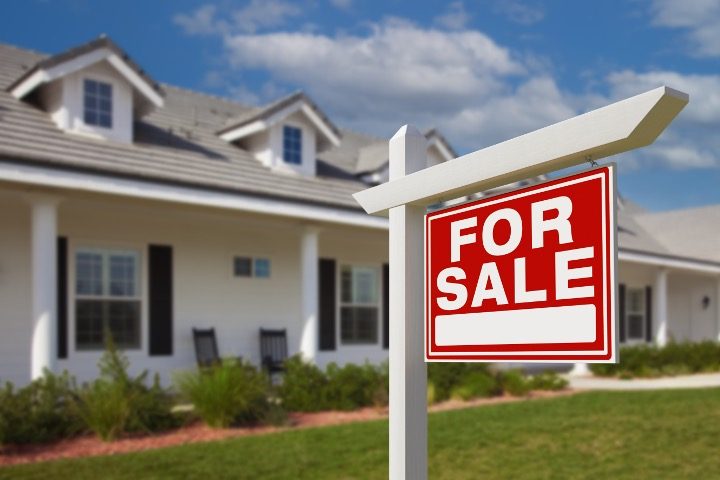
In recent years, the American dream of homeownership has become increasingly elusive, even for those who could afford it just a few years ago.
As reported by The Wall Street Journal today, the real estate market experienced an unprecedented boom during the pandemic. That might be explained by people moving out of the states with stringent pandemic restrictions and the rise of violent crime during the BLM protests. As a result, home prices surged, creating a challenging environment for would-be buyers. Initially, this was somewhat mitigated by historically low mortgage rates, providing a glimmer of hope for homeownership. However, this landscape has dramatically shifted. The post-pandemic era has ushered in a spike in mortgage rates, leading many prospective buyers to reconsider their plans.
The Federal Reserve’s response to inflation, marked by aggressive interest-rate hikes, further complicated the situation. Contrary to typical market behavior in which high mortgage rates cool down home sales and prices, the current market is an anomaly: sales are decreasing, yet prices are rising, fueled by a dramatic shortage in housing supply. In October, the national median price for an existing home reached an all-time high for the month, at approximately $392,000.
The impact of higher mortgage rates is profound. A slight increase in rates can translate into hundreds of thousands of dollars in additional interest over the lifespan of a standard 30-year loan. This has led to a situation in which buyers can afford significantly less home than they could have before the Federal Reserve began raising rates.
The changing market dynamics have particularly affected first-time and young buyers. Their presence in the home-buying market has diminished, both in proportion and in their median age, which has been steadily increasing. This shift underscores the growing barriers for new entrants into the housing market.
The disparity between renting and buying has also become stark. The average new mortgage payment in the United States now surpasses the average apartment rent by 52 percent, with even higher disparities in major metropolitan areas. This has led some people to abandon the idea of saving for a down payment, considering it an unfeasible goal under current conditions.
In response to rising interest rates, buyers traditionally might turn to adjustable-rate mortgages, which offer lower initial rates. However, this once-viable strategy has lost its appeal, as the costs associated with these mortgages have also escalated.




